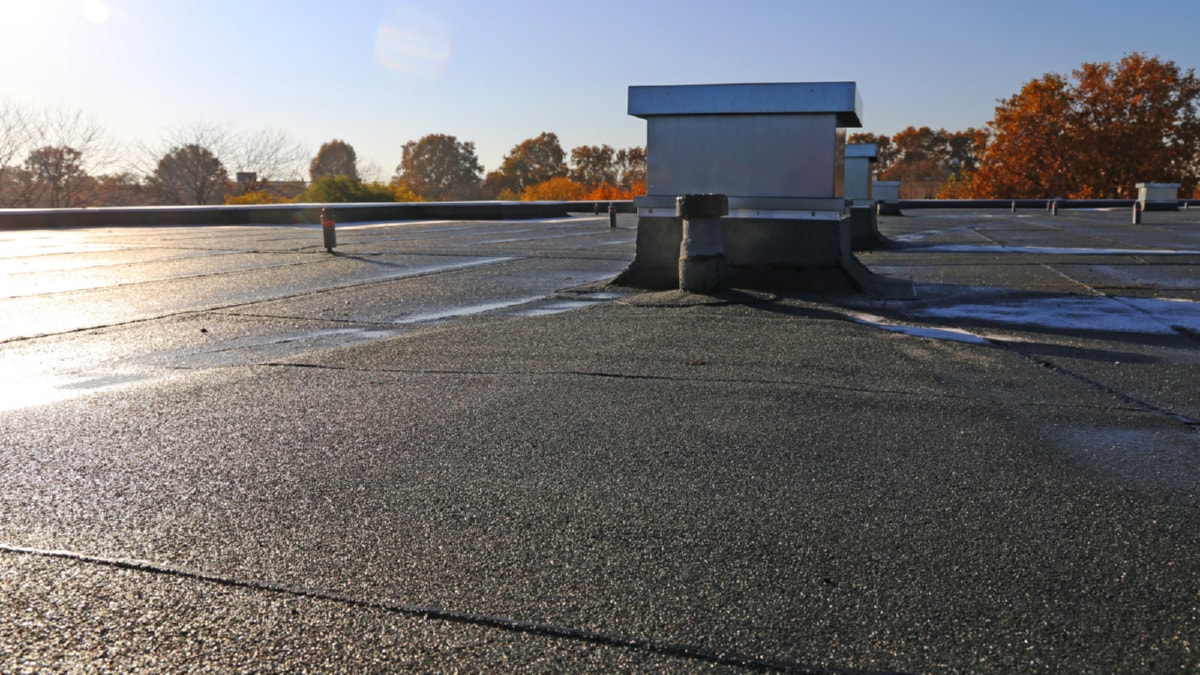Green technology refers to the use of innovative methods and materials that are eco-friendly, energy-efficient, and sustainable. These technologies are designed to reduce the negative impacts of buildings on the environment, improve energy efficiency, and promote sustainable living.
One of the major green technologies in modern construction is the use of sustainable materials. From recycled metals and plastics to renewable resources such as bamboo, straw, and wood, these materials significantly reduce the environmental footprint of construction. They are often locally sourced, reducing the energy used for transportation, and are non-toxic, promoting healthier indoor environments.
Additionally, the application of energy-efficient systems is another hallmark of green technology in construction. These include high-efficiency HVAC systems, LED lighting, and energy-efficient appliances, which significantly reduce energy consumption. Moreover, the use of renewable energy sources like solar panels and wind turbines is becoming increasingly common. These systems not only reduce reliance on fossil fuels but also provide the potential for buildings to generate their own power.
Water conservation is another critical aspect of green technology in construction. Low-flow fixtures, rainwater harvesting systems, and greywater recycling systems are now commonly incorporated into building designs. These technologies significantly reduce water consumption, helping to conserve this precious resource.
Furthermore, green building standards and certifications such as LEED (Leadership in Energy and Environmental Design) and BREEAM (Building Research Establishment Environmental Assessment Method) have become a staple in contemporary construction practices. These certifications encourage builders to adopt sustainable practices and provide a benchmark for green building performance.
Building information modeling (BIM) is another innovative technology that is aiding in the integration of green technologies in construction. BIM allows for more accurate planning and design, which can lead to more efficient use of resources and less waste. It can also optimize building orientation, natural lighting, and ventilation, improving energy efficiency and indoor air quality.
However, embracing green technologies in construction is not without its challenges. The initial cost of implementing these technologies can be substantial. Moreover, there can be a lack of knowledge and understanding among builders and consumers about the benefits of green technologies. Education and awareness are key to overcoming these barriers.
In conclusion, the integration of green technologies in contemporary construction practices is not just beneficial for the environment but also for the economy and society. It leads to energy-efficient, healthier buildings, and promotes sustainable development. The construction industry has a significant role to play in combating climate change and with the adoption of green technologies, it is certainly moving in the right direction. The future of construction lies in green technologies, and it is time for everyone involved in the industry to embrace this change.
For more details, check best masonry services or visit their business listing here.



